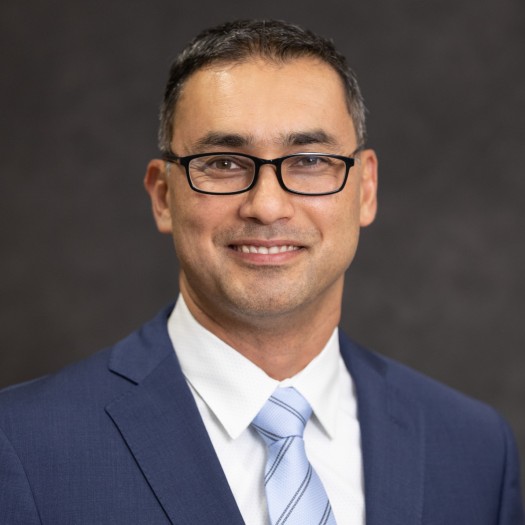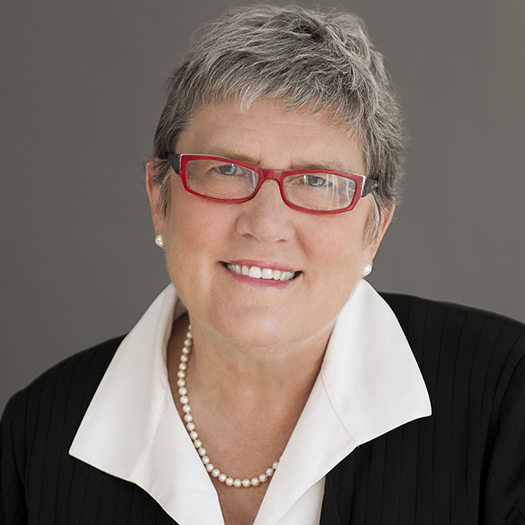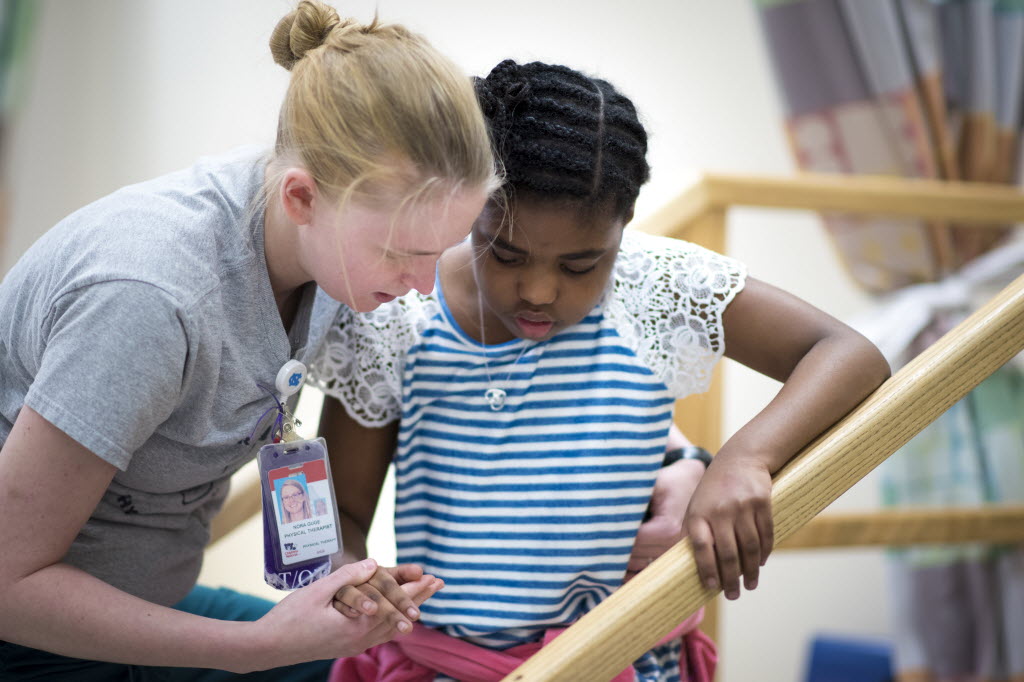Condition
Pediatric Skeletal Dysplasias
What is skeletal dysplasia?
Skeletal dysplasia describes a category of rare genetic disorders that affect bones and joints and hinder children’s growth and development. The disorder causes abnormally shaped bones, especially in the head, spine and long bones of the arms and legs. Children with skeletal dysplasia often have limbs that are too short compared with the rest of the body.
If untreated, skeletal dysplasia can lead to:
- Difficulty breathing, including apnea (breathing stops for 20 seconds or more)
- Spinal problems including curving, bowing, or narrowing (stenosis) of the spine
- Fluid buildup around the brain
- Obesity
- Chronic ear infections
Frequently Asked Questions
What causes skeletal dysplasia?
Types of skeletal dysplasia
Symptoms of skeletal dysplasia
How is skeletal dysplasia diagnosed?
Treatments for skeletal dysplasia
Additional resources
Providers Who Treat Skeletal Dysplasias
Departments that Treat Skeletal Dysplasias

Rare Disease Institute
Children’s National Rare Disease Institute (CNRDI) is a first-of-its-kind center focused exclusively on advancing the care and treatment of children and adults with rare genetic diseases.












